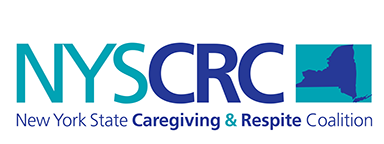The guidelines provide principles addressing quality indicators for all respite models and services. They can act as a checklist for respite providers to review as they address service delivery issues. The guidelines are intended to be used by respite programs, individual providers, health care providers, human services agencies (i.e., disability, health, aging, and children), state agencies, planning groups, stakeholders, and others who are interested in advancing quality respite. State organizations can use the guidelines for planning future respite systems and to provide consultation and technical assistance for local and regional agencies and programs. Local organizations and agencies can use the guidelines as they assess, plan, develop, and enhance or expand specific respite programs and services in their community. Some sections of the guidelines may be helpful when family caregivers recruit and hire their own respite providers. For more information on how to assess and use respite, consumers, family caregivers and care recipients may want to refer to the checklists and additional information included in the ABCs of Respite: A Consumer Guide for Family Caregivers. The guidelines are not intended to be standards or licensing requirements. As the title suggests, they are guidelines or guiding principles for respite programs to follow or consider. The current revisions to the guidelines have incorporated language and best practices to effectively include individuals with special needs across the lifespan. Download Manual
